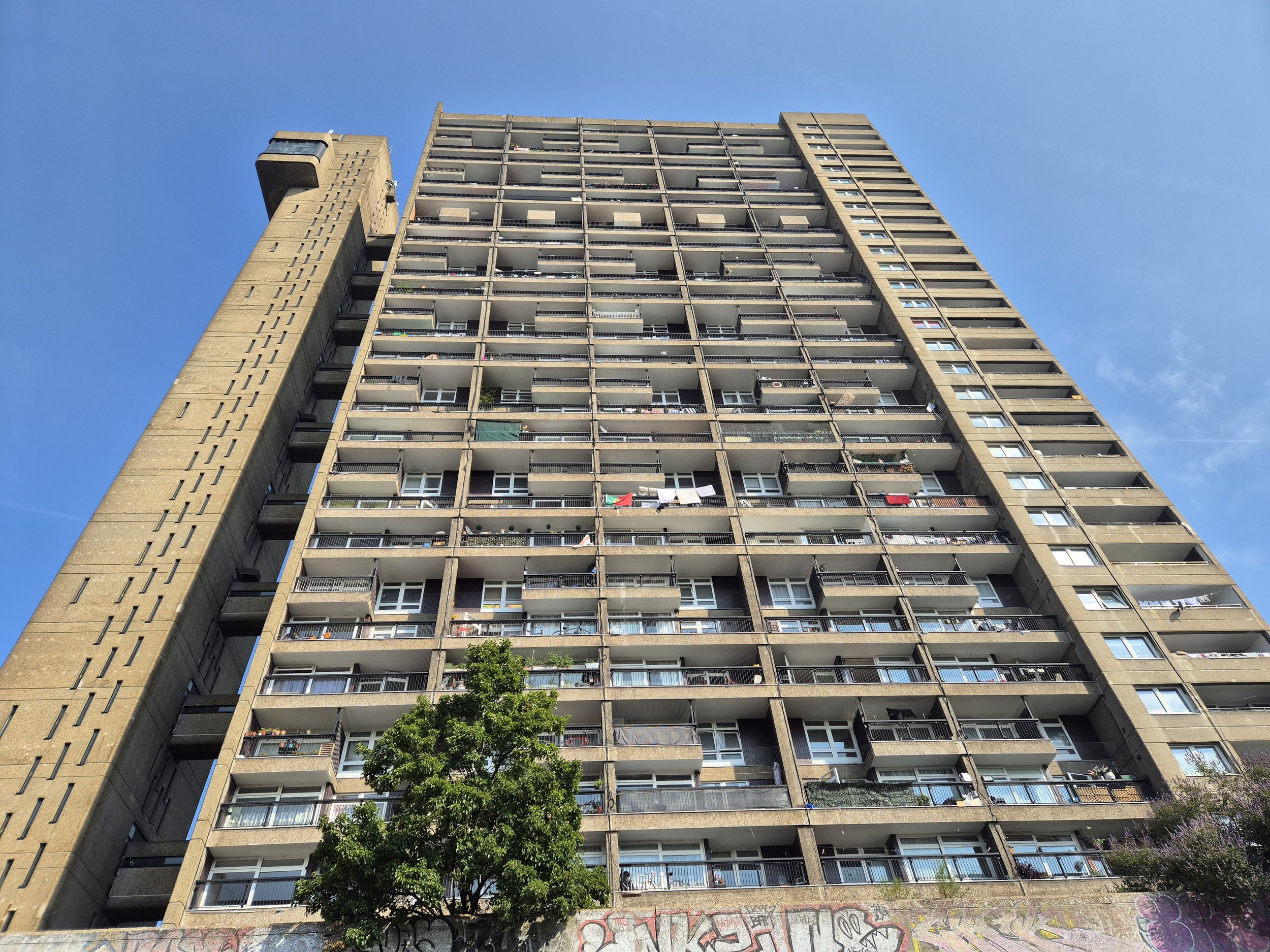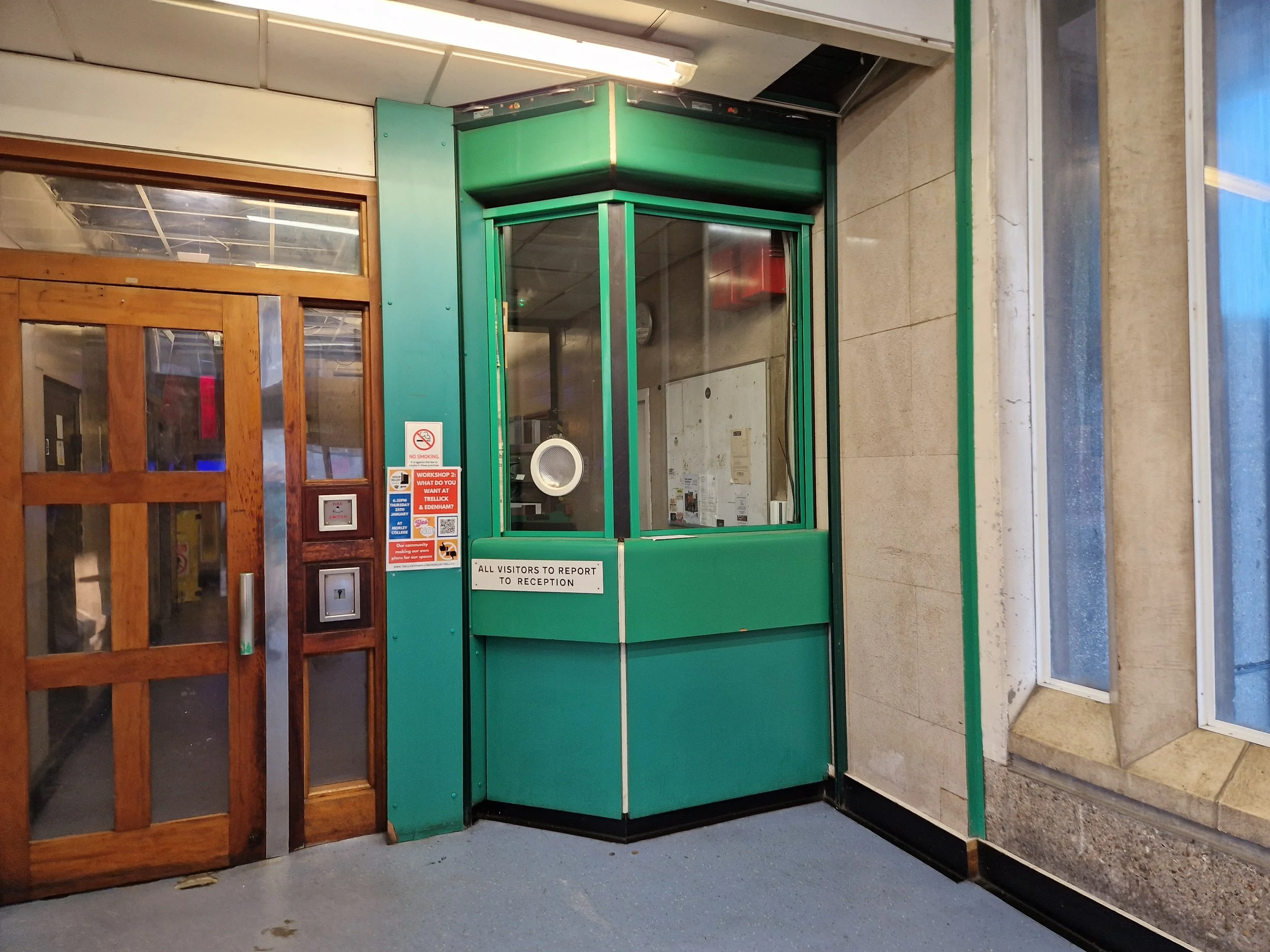
About us, Trellick Tower Residents’ Association
Who we are?
The Trellick Tower Residents' Association (TTRA) is a dedicated group of residents working together to protect and enhance the well-being of everyone living in Trellick Tower and Edenham Way. Our mission is to ensure that all residents have a voice in the decisions that affect our homes and community.
We actively engage with the Royal Borough of Kensington and Chelsea (RBKC), local authorities, and service providers to represent residents' concerns, advocate for improvements, and foster a sense of community. Whether it’s addressing building maintenance, planning improvements, or organising community events, TTRA is committed to ensuring that Trellick Tower remains a vibrant, safe, and welcoming place to live.
Our key objectives include:
Advocacy: Representing residents collectively in discussions with local authorities and service providers.
Transparency: Keeping residents informed on key decisions, meetings, and projects impacting the community.
Community Engagement: Hosting events and meetings to bring residents together, share ideas, and strengthen our collective voice.
TTRA operates through regular meetings, which are open to all residents to observe. We encourage everyone to participate, share their concerns, and contribute to building a stronger, more connected community.
Together, we can shape the future of Trellick Tower.
Committee members
-

Keith Benton
CHAIRMAN
-

Barbara Heksel
SECTERARY
-

Anna Mozler
TREASURER
-

Crispin Gordon
MEMBER
-

Lola Odunsi
MEMBER
-

Noreen King
MEMBER
-

Mary Toover
COMMUNICATIONS
-

Hayley Shale
MEMBER
-

JP
MEMBER
-

Silvera Williams
MEMBER
Trellick Tower: A Landmark with Fifty Years of History
Trellick Tower, Completed in 1972, is Ernö Goldfinger’s final—and favourite—project. At 322 feet (approx. 98 m) high, his brutalist masterpiece stands as a lasting symbol of London’s architectural evolution. It provides homes for over 650 people and houses a population of kestrels nesting atop the service tower.
Trellick Tower has sparked debate for five decades. To some, it’s a brutalist eyesore; to others, it’s a striking symbol of home and community. For many of us in West London, Trellick is a beloved part of the landscape.
When it was built, Trellick Tower was the tallest residential building in Europe and remains the tallest building in Kensington & Chelsea today. Designed by Hungarian-born architect Ernö Goldfinger, the Cheltenham Estate (Trellick Tower and Edenham Way homes) was envisioned as an 'integrated living unit,' offering housing and a complete community. The estate includes the iconic 31-storey tower with 217 flats, terraces of houses, a residential home, sheltered flats for the elderly, shops, a nursery, a playground, a doctor’s surgery, a pub, and an underground car park. One of its most distinctive features is the separate service tower, connected by a walkway, which houses the lifts, stairs, rubbish chutes, and a cantilevered boiler room at the top.
From the beginning, Trellick Tower divided opinion. In 1984, the Financial Times listed it as one of the world’s ugliest buildings, reflecting widespread discontent with high-rise living at the time. The tower faced many practical challenges, including frequent breakdowns of lifts, electricity, and water systems. Safety issues, like bottles being thrown from windows near the nursery, added to the negative perception. Many of the objections were aesthetic—people simply didn’t like the imposing look of the tower against the backdrop of smaller, three-storey buildings in the area.
However, others appreciated the tower's austere beauty and fortress-like design. When it opened to tenants in 1972, it quickly became home to those who valued its bold architecture and sense of community. In 1984 Trellick Tower Residents' Association campaigned for improvements to the building’s infrastructure, including upgrades to electricity, heating, and security. These efforts helped transform Trellick Tower’s reputation, leading to a resurgence in interest. Some tenants became homeowners, and in recent years, flats in Trellick Tower have commanded high prices. In recognition of its architectural significance, English Heritage designated the tower as a Grade II * and the rest of the Estate is Grade II listed.
Trellick Tower Christmas Crisis 1972: Tenants Fight Back After Power and Water Outage
Shortly after Trellick Tower opened, vandals set off a fire hydrant on the 15th floor, flooding the lift shafts and leaving residents without power, water, or lifts during Christmas 1972. Tenants spent four days in darkness, with some having to descend 900 stairs to access water on the street. The Greater London Council (GLC) was blamed for not installing metal safety plates over the hydrants, despite being asked to do so earlier. After the incident, the plates were mysteriously installed, and tenants formed a residents' association on December 28.
The newly formed association demanded emergency measures, including installing an independent generator, improved security, more caretakers, and better amenities for children and residents. They also requested a one-week rent rebate for the inconvenience. The Council, however, focused on offering limited compensation based on the time residents spent in the block during the crisis. The tenants’ association was fighting for fair compensation.


